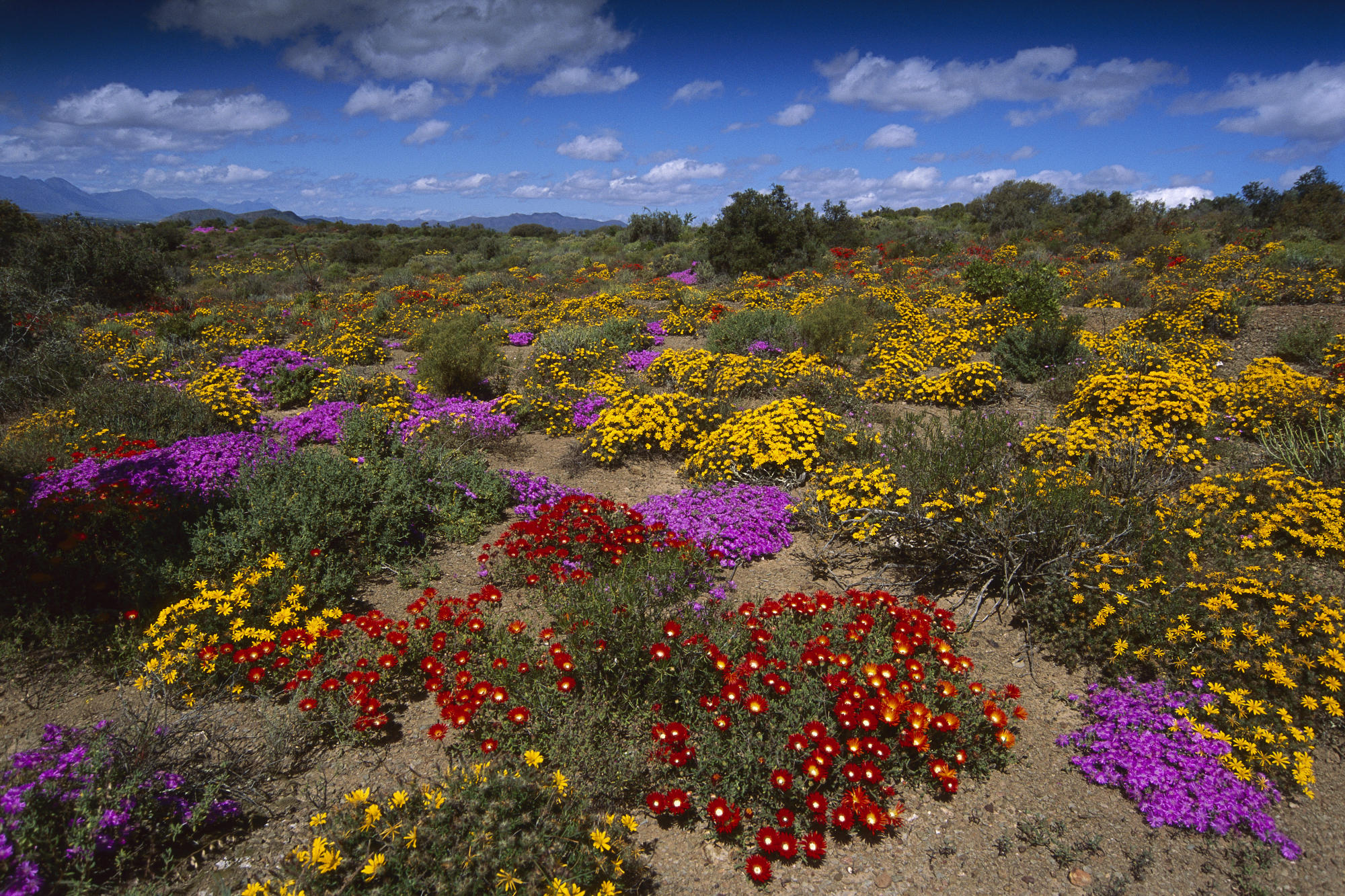Destination Little Karoo: a tourist’s introduction
At first glance the appearance of the arid, dry bleak landscape of the Little Karoo in the Western Cape is quickly dispelled by majestic mountains, crystal streams, mystical caves and a unique biome studded with aloe and miniature baobab trees characterised by their yellow peeling bark and red tubular flowers. A tourist’s introduction to the Little Karoo (Klein Karoo) is met with the warmth and honest hospitality of the locals coupled by distinctive, unrivalled landscape beauty.
The Little Karoo is comfortably placed between the magnificent Outeniqua, Langeberg and Swartberg Mountain Ranges. For both local and international tourists, the region’s magnetic pull are its desert landscapes and wide-open skies which promise unforgettable stunning sunsets.
The word ‘little’ included in the name of this picturesque area bears no significance to the number of attractions available for any visitor to the region. Quite the opposite in fact. Little Karoo welcomes all visitors with a wealth of natural and man-made attractions guaranteed to delight all of the senses.
In the spring time, the Little Karoo showcases its colourful tapestry of flower fusion to visitors who descend on the area from around the globe in droves to witness the magic of desert sand converted into a profusion of colourful splendour.
Among its many claims to fame, the Little Karoo boasts being home to possibly the world’s longest wine route and most diverse wine producing region in South Africa – Route 62. Thanks to its semi-arid climate and winter rainfall, the region’s winemakers are adequately equipped to producing an extensive range of good quality wines. This ability may be attributed to the vines grown in the fertile alluvial soil found along the river banks.
On the calendar of top attractions is one of the country’s favourite events – the Little Karoo Arts Festival. South Africa’s blend of talent, from artists to musicians to craftsmen, all come together to display and celebrate their spectacular God-given gifts. Hosted by the town of Oudtshoorn, the festival flaunts a fabulous array of music, fine art, poetry, drama and food that would satisfactorily satisfy any festival-going fan.
Another major inducement to including a visit to this incredibly fascinating area is the Cango Caves. Located about 30 km out of Oudtshoorn, the Cango Caves houses some of the largest stalagmite formations to be found in the world. These spectacular limestone structures were set about many millions of years ago. Some names include: ‘the bridal couple’, ‘glass flower fantasy’, ‘weird cango candle’ and ‘the hanging shawl’.
The towns of Little Karoo mirror the history and unique culture of this expanse of South Africa. Oudtshoorn, the main town is regarded as the ostrich feather capital of the world owing to its ostrich rich farming industry.
Calitzdorp prides itself on housing four wine estates. The nearby Gamka Mountain Reserve is where the endangered Cape mountain zebra can be found.
It is not just scintillating scenery that captures the heart of the visitor to Little Karoo. The quaint Victorian village, De Rust, makes adventure activities available to tourists. These are in the form of hiking trails, horse rides and 4×4 drives.
The quiet rural atmosphere and breathtaking views of Little Karoo makes it a perfect place to be at one with the natural world and should be on every travel itinerary to South Africa.


